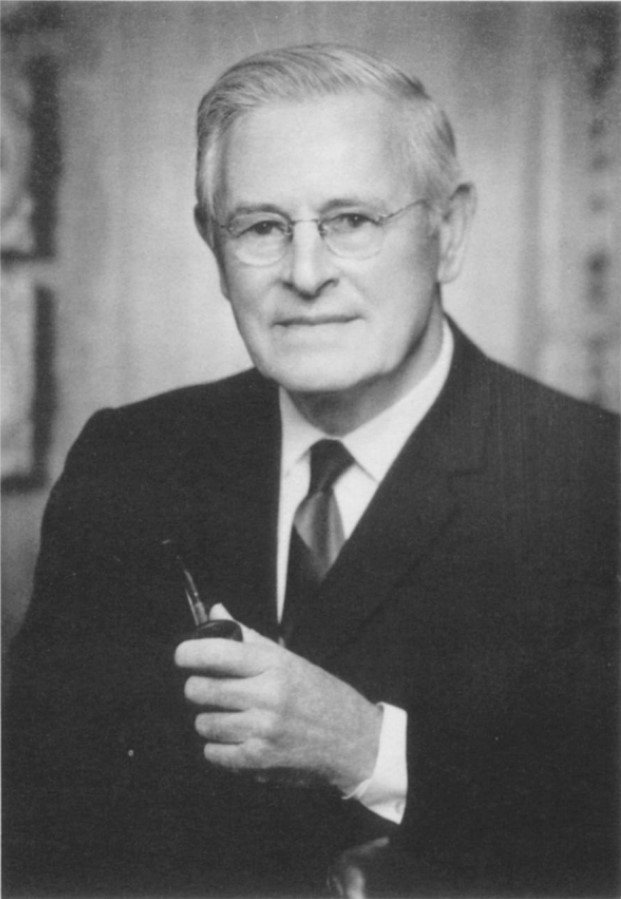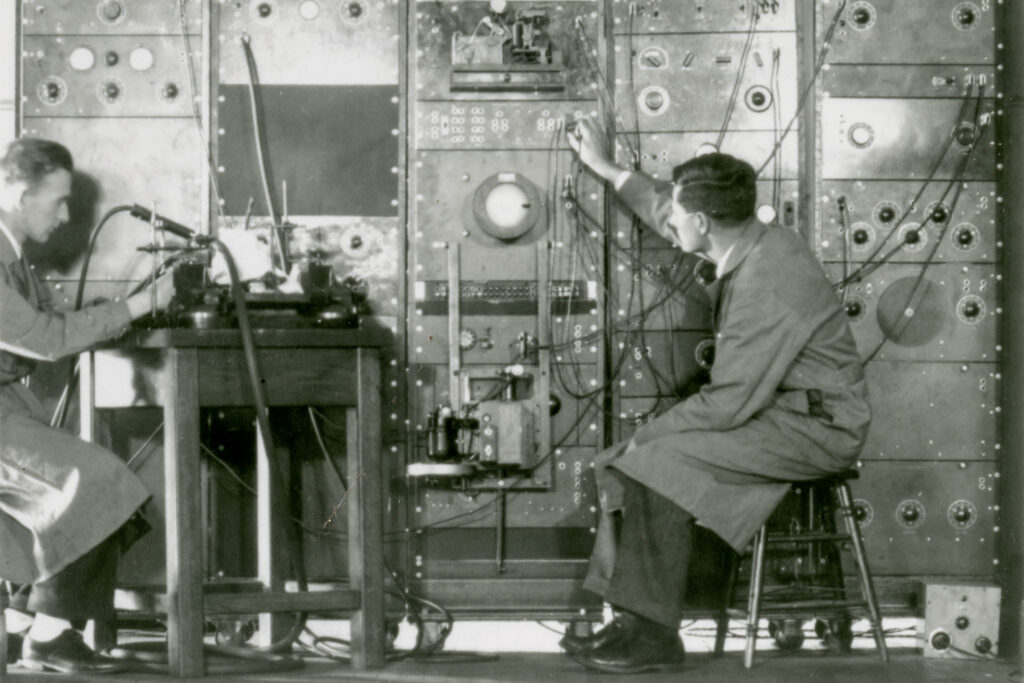Hallowell Davis, MD, is a name revered in the medical field, especially for development of electroencephalography (EEG). He would go on to achieve a note-worthy career, being universally recognized as the world’s leading expert on the ear and hearing.
Hallowell Davis was born in New York City in 1896. He received his B.A. in Chemistry in 1918 from Harvard College and his medical degree from Harvard Medical School in 1922. He soon accepted a Sheldon traveling fellowship from Harvard University and completed post-doctoral training at Cambridge University (England) in the lab of Edgar. D. Adrian. His choice to pursue a medical degree was primarily influenced by the first World War.

In 1932, he returned to Harvard College and joined the Department of Physiology. During this time, Davis participated in developing the electroencephalograph (EEG). He was the first person in the United States to have his brain waves scanned by an EEG device using equipment he designed. The EEG is a medical test used to measure the brain’s electrical activity. It can help diagnose several conditions, including epilepsy, sleep disorders, and brain tumors. Davis primarily focused on the composition of the inner ear, and he researched how cochlear nerves transmitted neurological impulses. He also assisted the Department of Veterans Affairs in creating hearing aids for combat Veterans who had lost part or all of their hearing in World War I.
After nearly two decades, Davis relocated to St. Louis to become director of research at Central Institute for the Deaf (CID) and research professor of otolaryngology at Washington University. With a few exceptions, his experiments all dealt with the ear or brainwaves. He quickly realized that in order to analyze the results of the inner ear properly, he would need advanced recording equipment. This led him to create clinical electrophysiological instrument prototypes that are still used today. His work also contributed to diagnosing and treating children regarded as slow learners, which later revealed that their real problem was poor hearing.
His list of honorary appointments is plentiful, to name a few: Executive secretary of the Committee on Hearing and Bioacoustics of the Armed Forces and National Research Council; President of the American Physiological Society, Acoustical Society of America (1953), and the American Electroencephalographic Society. He was also a member of the National Academy of Sciences and the American Academy of Arts and Sciences. He reached professor emeritus status in 1965 but continued as a researcher for an additional 20 years. One of his most notable awards was the National Medal of Science, presented at the White House by President Gerald R. Ford in 1975 for his role in fundamental research on electroencephalography and the mechanisms of hearing. Davis passed away in 1992, after a long and successful career and an integral part of the development of modern science and medicine. His legacy will live on and his contributions honored for years to come.
